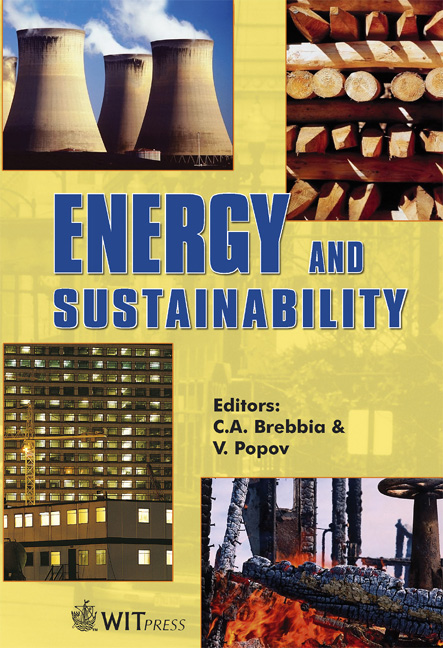Ground Temperature Gradients Surrounding Horizontal Heat Pump Collectors In A Maritime Climate Region
Price
Free (open access)
Transaction
Volume
105
Pages
11
Published
2007
Size
502 kb
Paper DOI
10.2495/ESUS070311
Copyright
WIT Press
Author(s)
M. Greene, N. Burke, J. Lohan & R. Clarke
Abstract
While earlier investigators have undertaken to identify ground temperature gradients about horizontal heat exchangers or collectors in continental climates, this paper reports the findings of a similar study undertaken in the Irish maritime climate. The ground source heat pump employed extracts heat from the ground using a horizontal collector buried at a depth of 1m. Measurement of both the local air and ground temperature was made during the 2007 Winter-Spring heating season. Ground temperature gradients were established to a depth of 1.8m by measuring temperature at up to seven different vertical depths. Temperature gradients are presented for five different locations that include one reference location outside the collector region and four locations within the collector region. These highlight the impact of diurnal and seasonal factors, as well as ground cover and composition and heat pump operation on ground temperature. These results will support the development of optimised collector design and collector ground composition for maritime climates, as well as providing important input data for the validation of numerical models. Keywords: ground/soil temperature gradient, ground source heat pump, horizontal collector, maritime climate, thermal storage, renewable energy. 1 Introduction Increased awareness of climate change and the need for sustainable development is creating renewed interest in natural resources and their utilisation [1, 2]. This study focuses on characterising the latent thermal energy in the ground surface layer so that the design of Ground Source Heat Pump (GSHP) horizontal
Keywords
ground/soil temperature gradient, ground source heat pump, horizontal collector, maritime climate, thermal storage, renewable energy.





